December 13, 2022
Today in Microsoft Flight Simulator, I’m going to be flying the Beechcraft G35 V-tail Bonanza, a plane with a notorious reputation that gained it the nickname “Doctor Killer”.

There’s a particular reason why I’m doing it today: 63 years ago, on February 3, 1959, a G35 Bonanza flying here, out of Mason City Municipal Airport in Iowa, crashed, killing the pilot as well as musicians Buddy Holly, Ritchie Valens, and “The Big Bopper” J. P. Richardson.

I won’t be reenacting the crash, but I will be exploring the conditions surrounding it, to understand why it happened and whether the V-tail Bonanza deserves its deadly reputation or not.
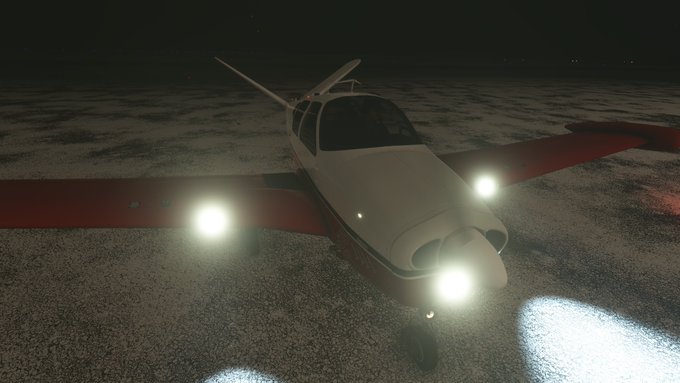
The G35 Bonanza was introduced in 1947. It was one of the first all-metal private airplanes that evoked the streamlined fighter planes developed during World War II, at a time when most privately-owned planes were still constructed of wood and fabric.

With a 6-cylinder, 285 horsepower engine, the G35 Bonanza was powerful and fast, with a cruising speed of 160 knots. It also had retractable landing gear and a constant speed, variable pitch propeller.

Of course, its most distinctive feature was – and continues to be – its V-shaped “ruddervator”, instead of the conventional tail with separate vertical rudder and horizontal elevators.
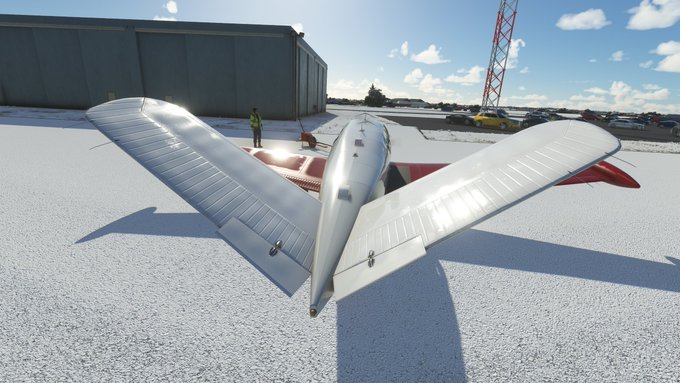
The initial price, in 1947, was $7,345, equivalent to about $87,000 today. That made it very popular among businessmen and high-income professionals, including many doctors.

Buddy Holly and his companions arrived in Clear Lake, Iowa, just west of Mason City, as part of “Winter Dance Party” tour. They traveled by bus, with gigs each night, and with temperatures below freezing they were quickly becoming tired, cold, and ill.

The night of February 2, they played at the Surf Ballroom, the larger square building below my left wing. Valens played his popular hit “La Bamba” and The Big Bopper played “Chantilly Lace”.

Holly himself played his hit “That’ll Be the Day”, with it’s concluding refrain “That’ll be the day / That I die.” (Later transformed into the refrain “This’ll be the day that I day” in the song “American Pie”, written about the crash).

After the performance, Holly chartered a local plane to fly at least some of the headline musicians from the nearby airport (visible to the left) on to their next gig, 365 miles away in Moorhead, Minnesota, so at least they could arrive with enough time to rest and warm up.

The charter was arranged with a small outfit, Dwyer Flying Service, and the pilot assigned was Roger Peterson, a 21-year-old local pilot described as a “young married man who built his life around flying”.

When they arrived at the airport, it was after midnight and dark. There was a light snow, with overcast clouds at 3,000 feet, 6 miles visibility, and winds at 20 knots from the south, gusting to 35. The temperature was below freezing, 15 degrees F.

There were only three seats available, each going for $36. Musician Tommy Allsup lost a coin toss to Ritchie Valens for the last seat. Allsup lived until 2017.

Technically, these conditions were VFR (Visual Flight Rules). This was barely true, however, and given they would be flying at night, at low level, over a rural area with few lights, the pilot would need to rely heavily – if not entirely – on his cockpit instruments.

Peterson had 711 flight hours, of which only 128 were in the Bonanza. He was not instrument rated. He had 52 hours of instrument flight training, and had passed his written exam, but had failed a practical. He was ill-prepared for this journey.

At 12:55am, the Bonanza took off against the wind on Runway 18 (now 17). It turned 180 degrees to the left, heading north and climbing to 800 feet. This screenshot gives you an idea how difficult the conditions would have been.

Here I am during the initial climb. I can’t see a thing outside. I’m completely reliant on my instruments.

The pilot had to make two steep turns, like I’m doing right now. One additional note: his artificial horizon was not colored, as mine is – and the one he trained on was – to indicate sky vs ground. Up and down could easily become confused.
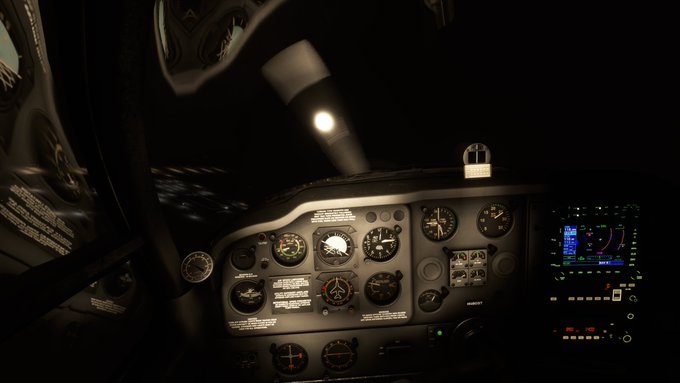
Now here’s where the airplane comes in. Later studies indicate that the G35 tends to be unstable in the roll, and in instrument conditions, with a disoriented pilot, this can become a spin. It really required constant attention from me here to keep the plane straight and level.

So what did happen? Witnesses say the plane flew north, at low altitude, then – within sight of the airport – descended and disappeared.

It was only the next morning that the crashed plane was found, in the field below me here. It impacted at high speed, banked steeply to the right and in a nose-down attitude. The flight had only lasted a few minutes.

The three musicians were thrown out of the airplane. The pilot was crushed inside the cockpit. All four died instantly. Holly’s wife of six months, who learned of his death watching TV, had a miscarriage. It was a huge tragedy all around.

So did the airplane contribute to the crash? Does the G35 V-tail Bonanza deserve its deadly reputation?

It is true that in its early years, the G35 Bonanza had a very high accident rate – nearly double that of other private airplanes in a similar class. This earned it the moniker “fork-tailed doctor killer”.

Much of the attention naturally focused on its distinction tail. And accident reports did indicate that the Bonanza suffered a noticeably high incidence of structural failure, with the ruddervators breaking off.

But further study indicated that these structural failures typically took place when the airplane exceeded its maximum safe speed – often as a result of an unintended dive or spin.

Another problem was that new pilots – unused to retractable landing gear – often confused the gear lever with the flaps lever, or just forget to lower the gear on landing entirely. Oops.
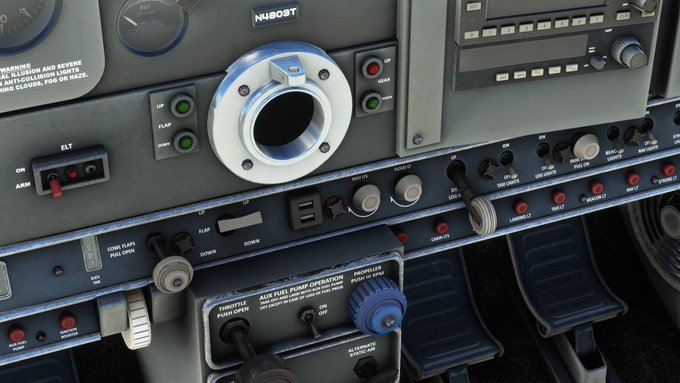
The fundamental problem wasn’t the v-tail, though it was bolstered to make it sturdier. It was that the G35 Bonanza was simply too much airplane for many of the inexperienced, amateur pilots who flew it – leading them to make fatal mistakes.

As a result, new requirements were instituted, and this is a major reason why pilots now need an additional training endorsement to fly high-performance and complex planes like the Bonanza. The accident rate has come down significantly.

While the tendency of the G35 Bonanza to roll probably didn’t help, the real reason Holly’s plane crashed on the cold Iowa night was more likely that the relatively inexperienced pilot got way in over his head without realizing it.

The V-tail Bonanza was discontinued in 1982. Later model Bonanzas, which are still being produced, feature a conventional tail. But you can still see many V-tail Bonanzas at local airstrips today, where they continue to be flown safely.
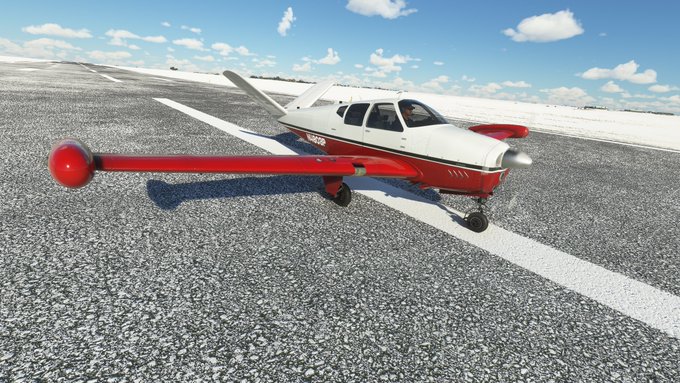
So now you know the aviation story behind the song “American Pie” and the Day the Music Died.
Leave a Reply